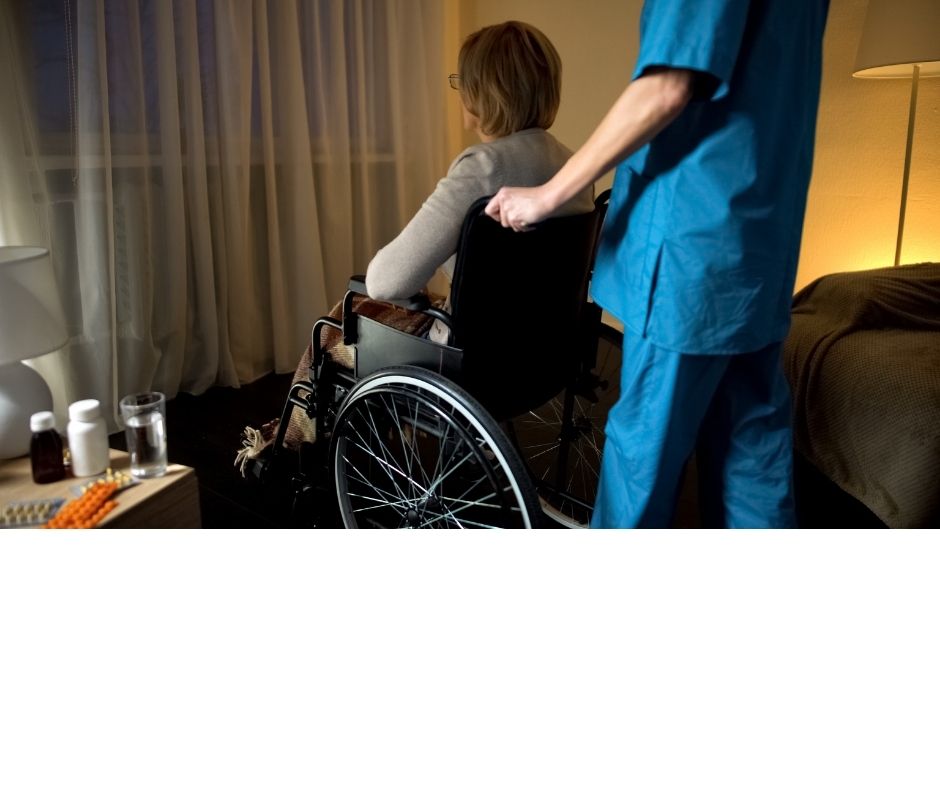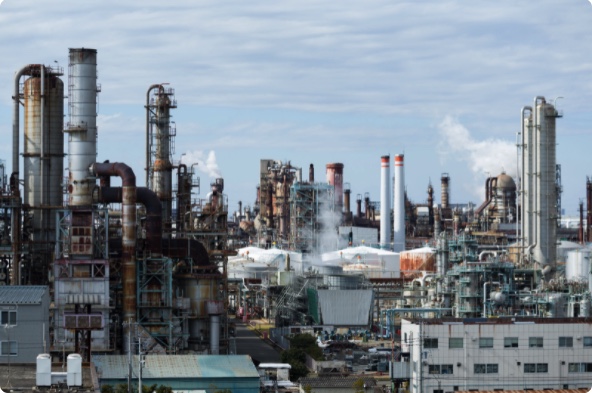
The American Prospect: Private Equity’s Potential Payday From Build Back Better
September 2, 2021
The American Prospect reported on how private equity is entrenched in the home health and hospice industries, citing figures provided by the Private Equity Stakeholder Project that show two dozen private equity companies employing more than 233,000 workers.
Additionally, “the opportunity for profit-taking is great” in child care, “another high-touch, labor-intensive, low-wage industry that has grown unaffordable for many families, and as a maturing industry it’s primed for more private equity consolidations.”
The American Prospect, August 31, 2021: Private Equity’s Potential Payday From Build Back Better
Reporter David Dayen observed how private equity has shifted investments into home health care as seniors have begun to express their preferences for aging in place, and as “the horrors” of the industry’s role in nursing homes and assisted living and the negativeheadlines coming from their nursing home investments during the pandemic has become well-known. “If the money moves out of facility-based care and into home-based care, private equity can move with it.”
PESP Coordinator Eileen O’Grady told The American Prospect, “It’s obviously wonderful that there’s going to be a very large increase in spending” on home and child care, “but we need to make sure it’s going to the right places. Not the pockets of private equity firms that own these companies, but increased staff pay and quality of care. Home care is still relatively fragmented as an industry, and it poses a great opportunity for private equity to roll it up.”
Dayen wrote, “Given that the private equity model involves extracting as much value from portfolio companies as possible, regardless of the quality or success of that underlying business, critics fear that we could end up with a situation where a large amount of money is sent out by the government as a sitting target for fund managers to pilfer. This could end up making these services even worse for the families that use them and the workers who perform the tasks, despite the large federal investment.”
